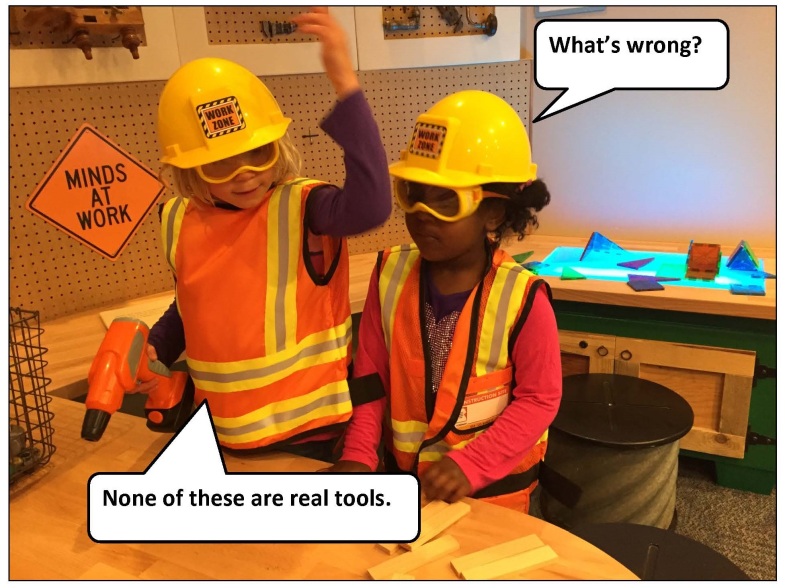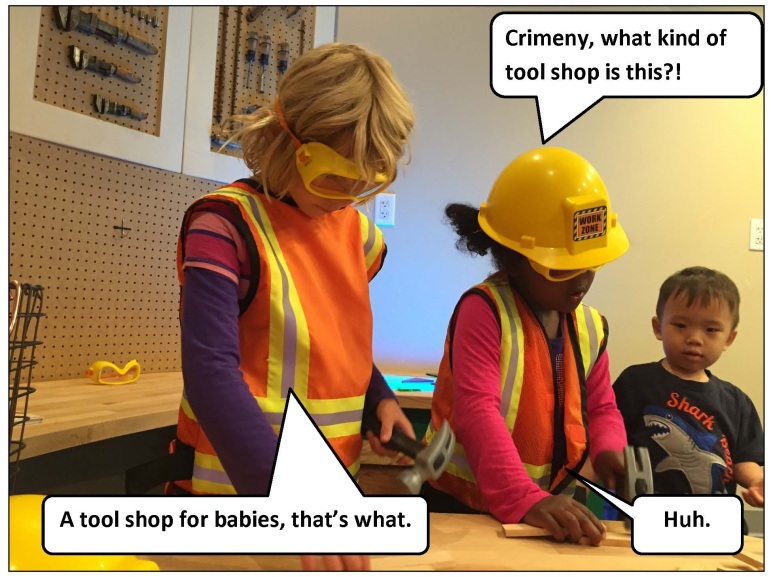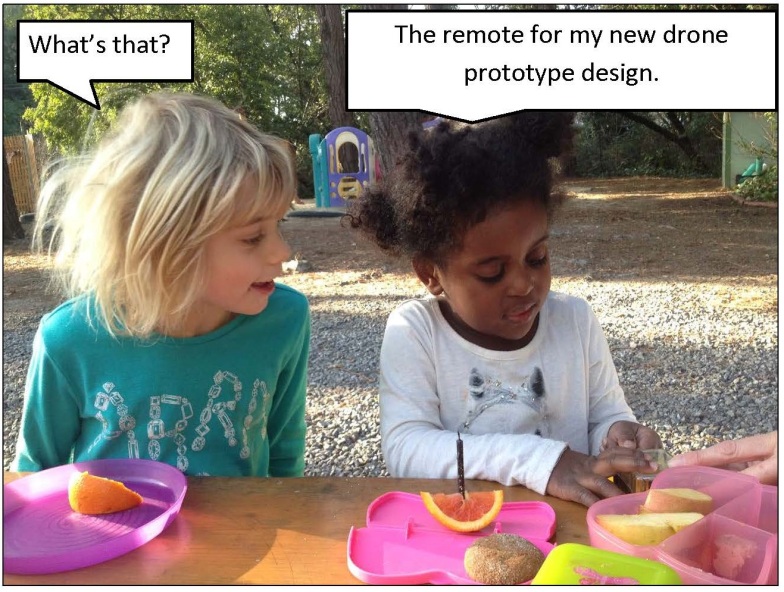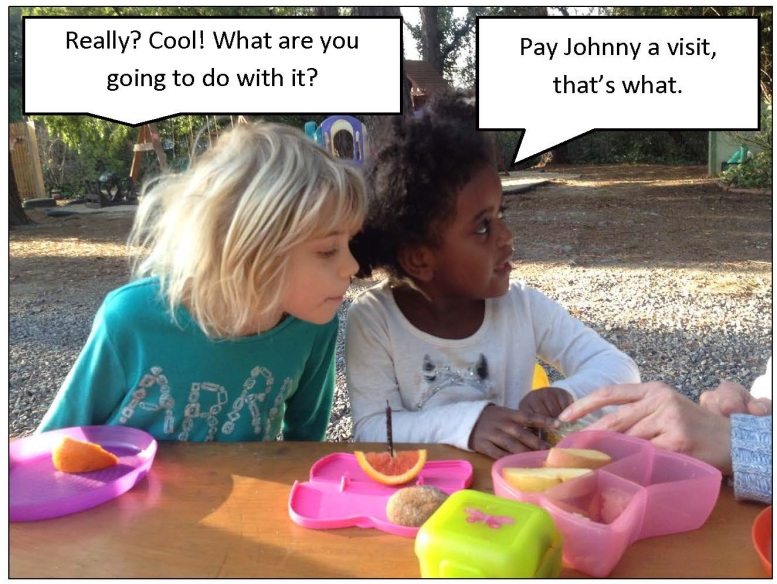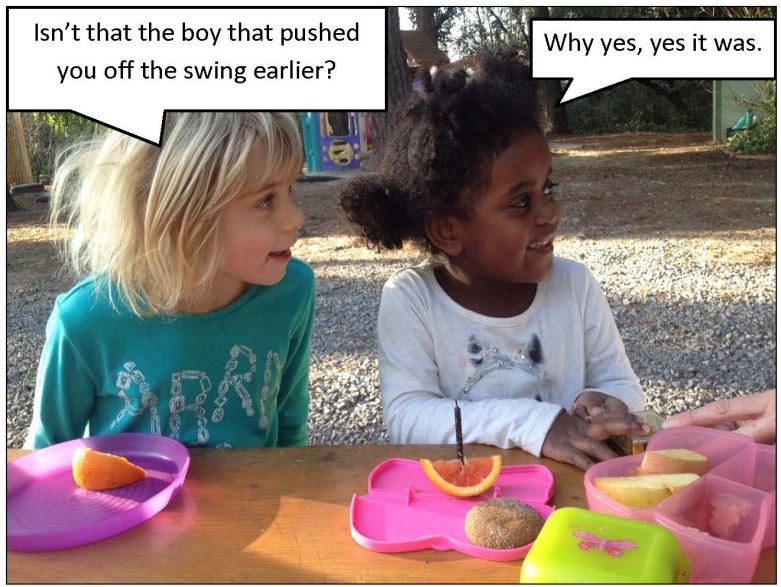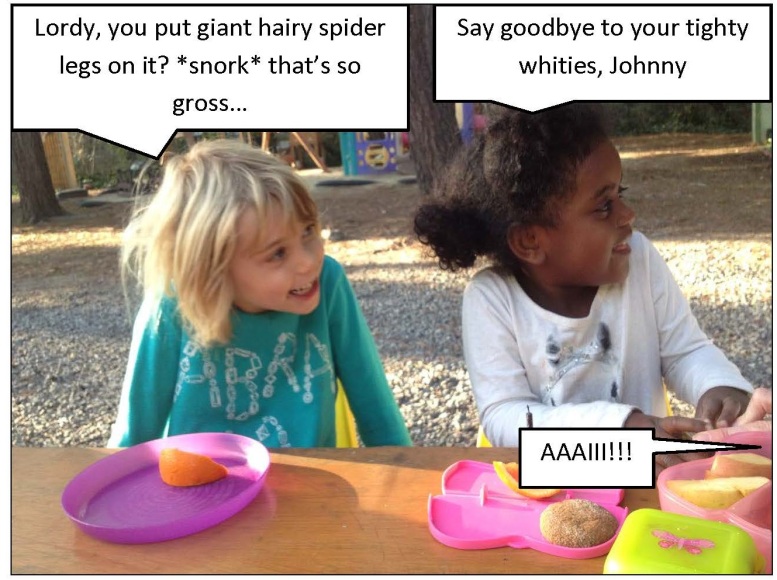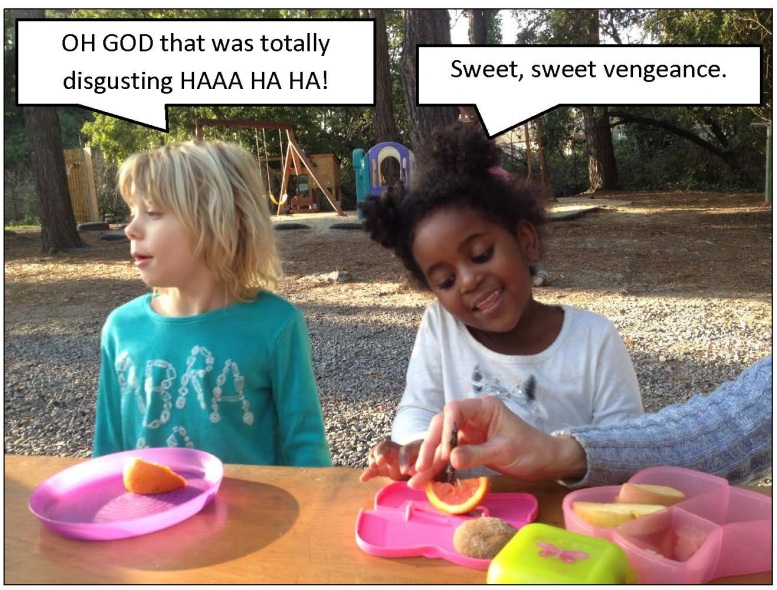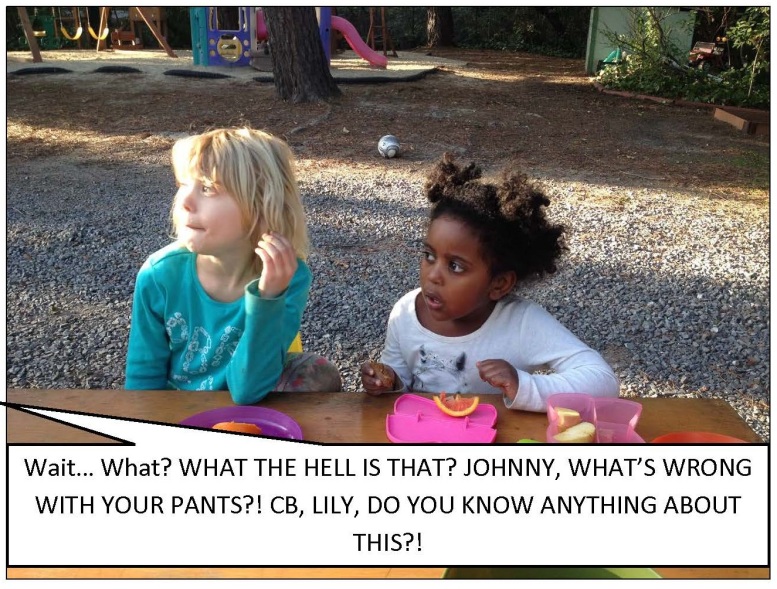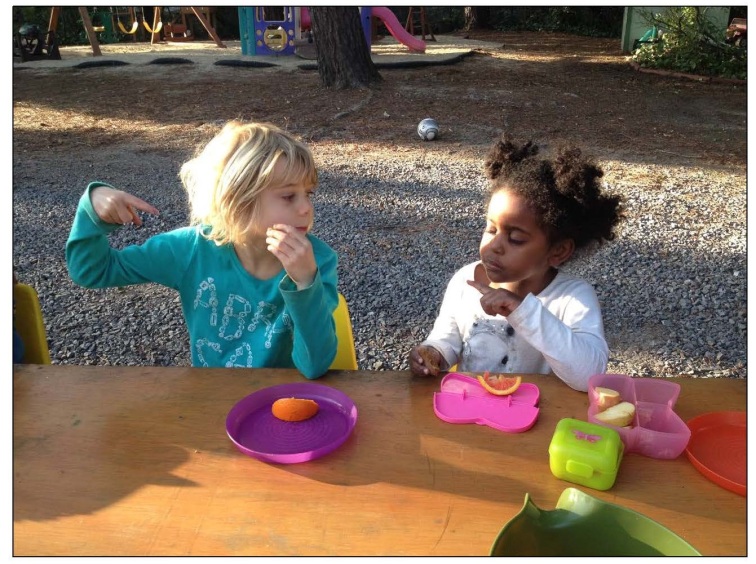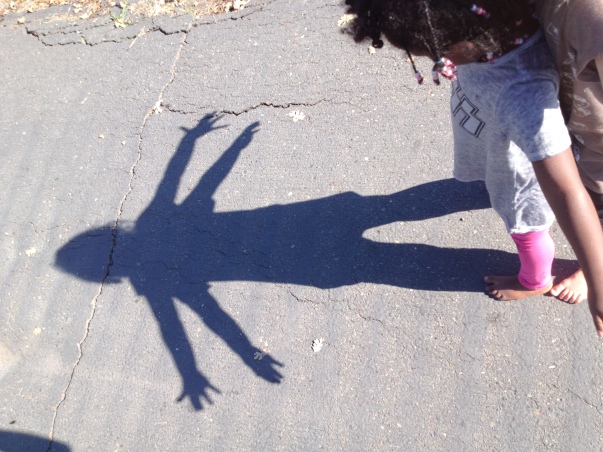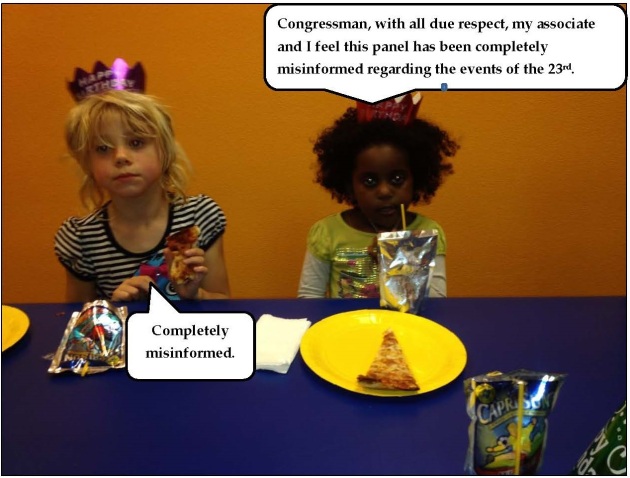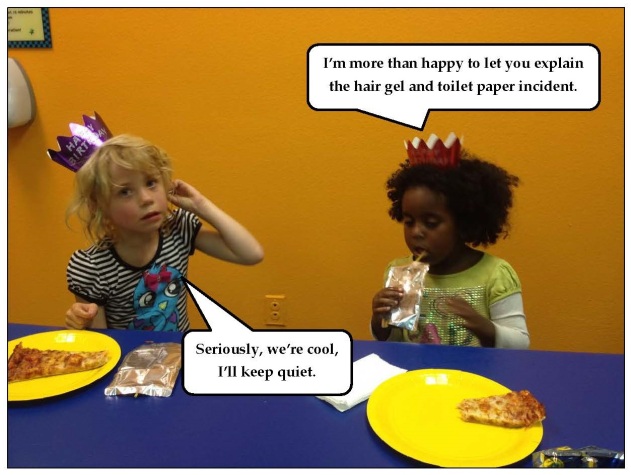A few friends and family have asked me to post a layman’s assessment of the new IPCC climate change report. There’s a lot of information, and mis-information, out there. Here’s my take away:
- The IPCC has thousands of researchers contributing to its data, it won the Nobel Prize for this work. It’s as legit an organization for doing this work as exists on our planet.
- They typically release a series of reports about every 5 years or so. What we’re talking about now is a separate, stand-alone special report—a Summary for Policy Makers (SPM) that is raising the red flag. Hereafter, I cite the page of this report as SPM-Page #. They are due for a new report so I expect this will be the first of many chunks of news from the IPCC over the next year.
- This report warns of a potential temperature increase of 1.5°C (2.7°F) above “pre-industrial levels”. This does NOT mean 1.5° C above today’s temperatures, it means 1.5°C above temperatures from 1750 A.D. Still a lot, but much of that jump has already occurred—between 0.8°C and 1.2°C (SPM-4).
- The IPCC has a High Confidence that this temperature increase will be reached between 2030 and 2052 .
- Greenhouse Gas Emissions alone will not account for this temperature increase; non-CO2 radiative forcing will cause the rest (SPM-4-6).
- Radiative forcing is essentially the amount of solar energy coming into and out of our atmosphere—an increase in non-CO2 radiative forcing means that there are other agents in the atmosphere than CO2 that are contributing to temperature increase—methane, dust, water vapor, smoke, volcanic ash etc.
- While they don’t clearly define it in this document, my guess is that the real driver here is going to be methane and water vapor—the former is starting to rise out of the thawed tundras and percolate up from thawing vegetal mass at the bottom of thawing glacial lakes—it’s also what’s coming out of cows, one of the reasons folks are arguing for less red meat and dairy consumption (or none at all). The latter is what’s driving these big hurricanes, typhoons, and storm events. We can also expect increases of smoke from these massive wildfires and dust from areas becoming increasingly arid.
- An important concept to understand, that has been consistent throughout the IPCC reports, is that a complete halt of CO2 emissions will not solve this problem. Already, we have dumped enough into the air that a certain amount of climate change is inevitable now. We are moving beyond stopping climate change from happening to trying to stop the worst of it from happening and preparing to adapt to that part that is unavoidable.
- The BEST case scenario is actually a 1.5° C temperature shift increase by 2025—so, yes, 7 years from now at the latest By 2040, the BEST case scenario is a roughly 1.75° temperature increase—again, these are from pre-industrial levels, so a 0.5 and 0.75°C between 2025-2040. However, under this best case scenario, the temperatures drop back down to 1.5°C by 2100, as a result of our actions taken to reduce greenhouse gasses and other contributors to that radiative forcing (SPM-6).
- The WORST case scenario according to the IPCC is a 1.5°C change by 2025 and a 2.0°C degree temperature shift by 2050—with no appreciable drop afterwards (because the worst-case scenario assumes that we’re not doing anything about it) (SPM-6).
- All this said, that shift between present-day temperatures and that 1.5°C increase is substantial, with major climate impacts—higher land and sea temperatures, extreme heat in most inhabited regions, increased precipitation in some parts of the globe, with drought occurring in other parts (SPM-8)
- They predict a sea level rise of 0.26 to 0.77 m (roughly 1-2 ft.) sea level rise by 2100 under the 1.5° scenario; a rise of 0.36 to 0.87 m (roughly 1.5 to 2.5 ft.) rise under the 2°C scenario (SPM-9).
- Both scenarios will result in impacts on biodiversity and ecosystems, including species loss and extinction. This will be less under the 1.5° C scenario than the 2.0°C scenario (SPM-9).
- 6% of insects, 8% of plants, and 4% of vertebrates will lose half of their climatically determined geographic range with a 1.5°C shift. A 2°C shift will result in 18% of insects, 16% of plants, and 8% of vertebrates will use their climatically determined geographic range (SPM-10)
- Climate related risks to health, livelihoods, food security, water supply, human security, and economic growth are projected to increase, with an increasing risk as the temperature gets higher (SPM-11). As a side note, this is part of the environmental justice component of this—the poor and those living in marginal areas will bear the brunt of these risks particularly in Africa and Asia (SPM-11).
- These risks have increase since the last IPCC report dating to 2012 (SPM-12).
- To limit the temperature shift to 1.5°C, we need current CO2 emissions to decline 45% from 2010 levels, reaching zero CO2 emissions by 2055. To keep it to 2°, we need to drop CO2 30% by 2030 and 0% by 2075 (SPM-15).
- The estimated cost of energy-related mitigation investment needed to keep things to 1.5°C is $900 million between now and 2050 (SPM-22).
- The global emissions goals laid out in the Paris Agreement will absolutely not limit us to a 1.5°C change. We need faster, and more extensive, actions to be taken now (SP-24).
- The final 3rd of the document is focused on the economic and public synergy between increasing sustainable development and adaptation, investments in renewable energy, and the reduction of poverty and other social problems as a byproduct. This in part falls under the term “Adaptive Finance”—a term that I bet we’ll hear a lot about in the future.
- The IPCC reports are, in general, conservative. They have to be, the IPCC is trying to get everyone on the same page moving forward. If they focus on too grim a model, the public will tune out and the politicians and business leaders will conclude that the costs necessary to address the issue are too great. More modest climate change models mean a more modest, and potentially affordable, response. This is perhaps a bit cynical but it’s how the climate change public dialogue sausage is made.
- For this reason, you will see scads of climate change scientists take the IPCC document to task as being too watered down. For example, what if we DON’T drop the CO2 emissions? What if they stay static? Or increase? These projections assume, optimistically, that we’re going to get on this now and make major changes. We might not. The projections don’t even want to go there. But some scientists are, and you’re going to hear about other scenarios that are much more bleak—and, frankly, will generate great headlines. Those scenarios are not necessarily wrong, or alarmist (though they may be alarming per se). But the repercussions of those scenarios have not been as hammered out as these.
Ok, some closing comments:
- CO2 levels are still increasing globally, We, perhaps infamously, passed 400ppm this year. We have to both stop increasing the CO2 production and actually reverse it. It’s a big challenge, and it’s going to take all of us.
- The state of California is using more sobering models. It’s latest Climate, Drought, and Sea level Rise Scenarios for California’s Fourth Climate Change Assessment came out in August of 2018. Some highlights: a 2-4° C temperature shift (medium case scenario) and 4-7°C shift (worst case scenario) by 2100. In other words, California’s worst case scenario on temperature is at least twice to nearly 4 times the increase that the IPCC is predicting.
- California models on sea level rise are also more dire, with the best case scenario being 1-3 ft. by 2100 and 3 to 8 ft. by 2100 for the worst case.
- In 2017, the CDP (formally Carbon Disclosure Project) released the Carbon Majors Database (it’s available online). As part of this report they identify 100 companies that are responsible for 71% of the world’s green-house gas emissions. You’re going to see online arguments that the efforts to make climate change a moral argument blaming the individual rather than these 100 firms is distracting and shifting the blame away from where it needs to be. This is only partly true. These 100 firms are largely fossil fuel companies. If you drive a gas-powered car, take public transit, or heat, cool, or illuminate your house or business using non-renewable energy, you are almost certainly using the products of one of these companies or one just like them. Until we stop using their products as consumers, this is going to be an issue. It doesn’t matter whether it’s one company or a thousand, if we continue to use the same volume of fossil fuels, we’re going to have problems.
- Vote. The right people in office will seek finding for measures that help us adapt and reduce emissions. The wrong people keep us from adapting and allow for greater emissions for the sake of the financial benefit of a handful of backers. It’s that simple.
- In my opinion, this climate change threat is the greatest threat our species has seen in some 7,000 years. This was the last time a climate shift on this magnitude occurred, and even that shift was probably on par with the best case scenario that we are seeing here. By and large, globally, our species did not fare well during that shift. We survived it, but not everywhere, and not everyone. This is the Cold War of our generation, and it affects every single person on earth. On the plus side, for the first time in the history of our species, we know why and how it is happening, we know what we can do to slow and minimize the effects, it is within our power to do so, and we have the technology to coordinate this effort with governments, businesses, and people on our planet. We have everything going for us. This is a matter of will, of a desire for us to reap long-term benefits at the expense of short-term profits. There’s every indication that we will benefit on a wide range of social and economic fronts by making the transitions now. There’s also mounting financial pressure to do so, as governments and businesses are left having to finance disaster clean-ups, respond to global instability, and lose or pay increasing costs for insurance coverage for areas and activities that science clearly suggests are vulnerable. I have more hope now than I did six years ago, when I first started looking at these models and didn’t see much discussion in the public sphere. No discussions are everywhere, they are in public planning, they are in business development, they are in schools. Even in states where climate change is a forbidden topic in the local government, their staff are still preparing for climate change, even if they don’t call it that and even if they don’t discuss it publically. There’s more happening than any of us know. I encourage all of us to get involve, help your local community adapt, and look for ways to reduce your own fossil fuel dependency. We can do this, and we’ll be better for it.


